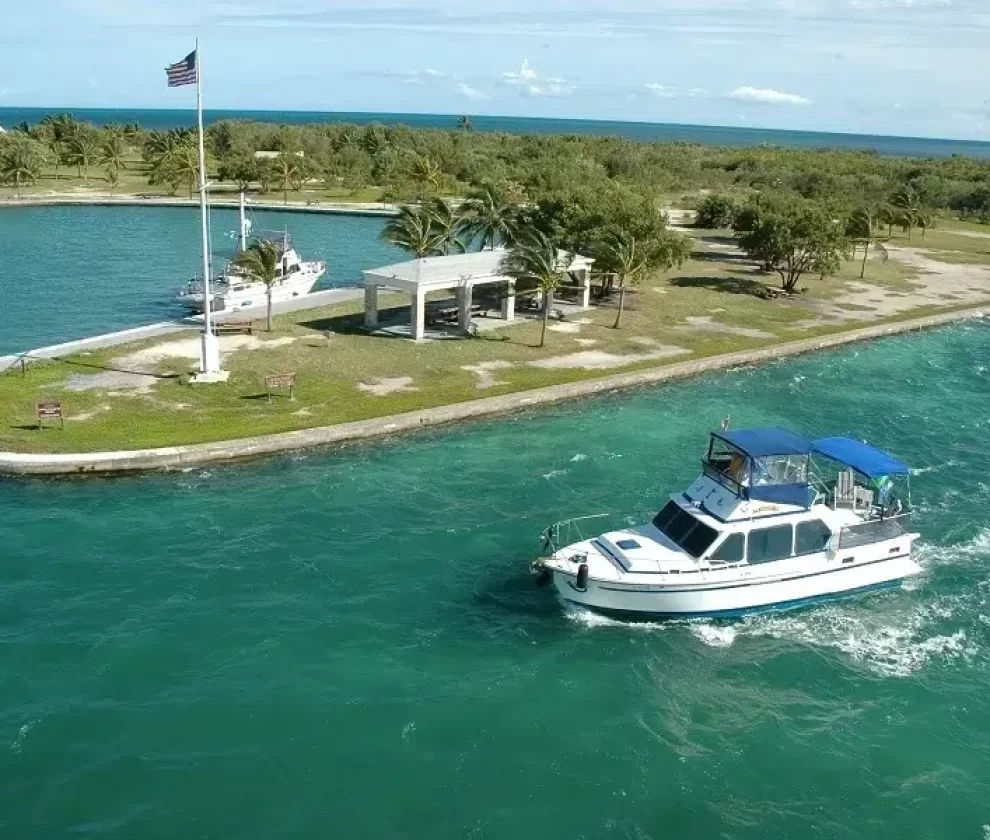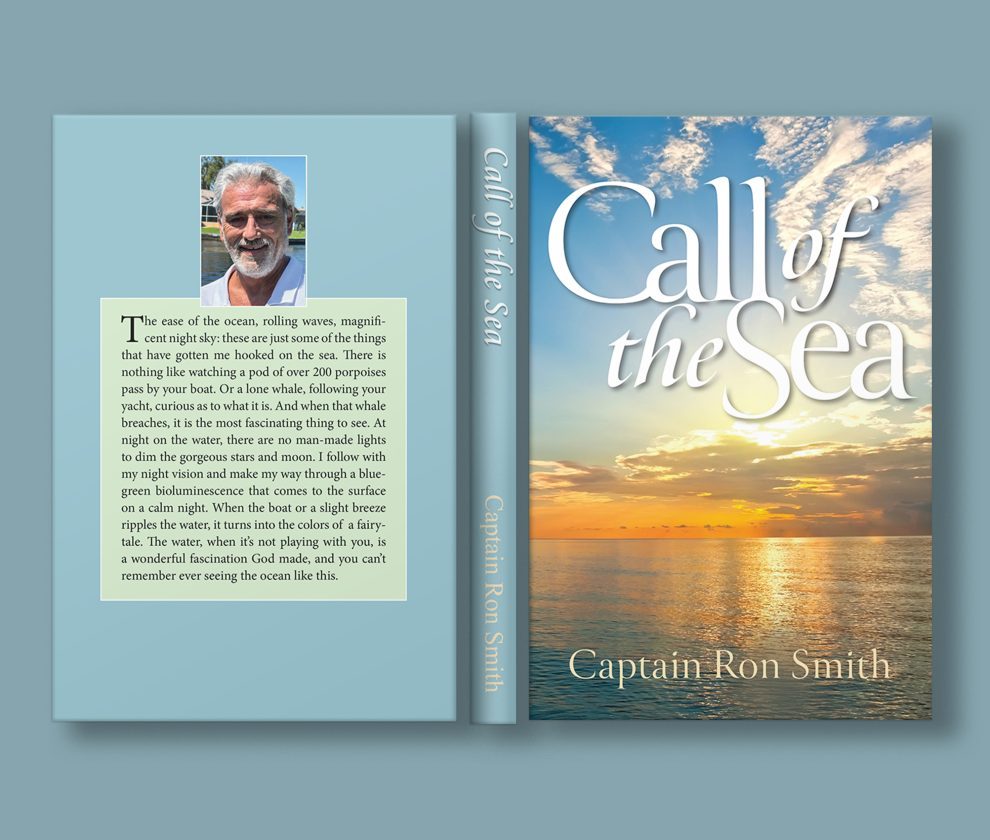Throughout history, the sea has captured the imaginations of writers, adventurers, and sailors alike. From epic battles to quiet moments of solitude on the open water, the sea has provided endless inspiration for some of the world’s most beloved stories. But who are the people most famously known for their sea stories? Here’s a look at a few legendary figures who have shaped how we see the ocean through literature and real-life adventures, along with how Captain Ron Smith adds his own remarkable stories to this legendary tradition.
1. Ernest Hemingway: The Sea as a Metaphor for Life
One of the most iconic names associated with sea stories is Ernest Hemingway, a master of the written word and a lover of the ocean. Hemingway’s love for the sea is reflected in many of his works, with The Old Man and the Sea standing out as his most famous sea-based novel. The story follows an old Cuban fisherman named Santiago, who struggles with a giant marlin in the Gulf Stream. This novella isn’t just about fishing; it’s a deep meditation on perseverance, isolation, and the battle between man and nature.
In “Call of the Sea”, Captain Ron Smith shares a similar reverence for the ocean, portraying it as both a source of livelihood and a force of nature that demands respect. For instance, when Captain Ron recalls a trip across the Florida Straits, he notes the sea’s unpredictable nature: “The winds can whip the seas into a frenzy that’ll make even seasoned captains queasy,” mirroring Hemingway’s portrayal of the ocean as both a teacher and a formidable adversary.
2. Joseph Conrad: The Dark and Dangerous World of the Sea
Another literary giant whose name is synonymous with the sea is Joseph Conrad, a British writer and former sailor. Conrad’s works delve deeply into the psychological complexities of life at sea. His novel Heart of Darkness is perhaps his best-known work, but it is his sea stories like Lord Jim, Typhoon, and Nostromo that truly capture the essence of the ocean’s unpredictable nature.
Captain Ron Smith’s real-life sea stories in “Call of the Sea” reflect a similar understanding of the complexities and challenges that the ocean presents. For example, during one of his yacht deliveries, Captain Ron recounts navigating through a treacherous passage known for its rocky waters. “It’s slow going in such an unforgiving landscape,” he writes, underscoring how nature’s unpredictability requires mental toughness—much like the sailors in Conrad’s stories. The open ocean is a constant test of both skill and spirit, and Ron’s tales show just how crucial it is to remain vigilant and adaptable.
3. Jack London: Adventure and Survival on the High Seas
For those who love tales of adventure and survival, Jack London is a name that immediately comes to mind. Known for his rugged portrayal of the natural world, London’s sea stories are some of the most thrilling and hard-hitting in literature. His novel The Sea-Wolf tells the story of Humphrey Van Weyden, a man stranded on a ship under the brutal command of the tyrannical Captain Wolf Larsen. Through intense adventures on the high seas, London’s characters face life-or-death struggles that challenge their strength and resolve.
In “Call of the Sea”, Captain Ron Smith mirrors London’s themes of survival, particularly in his account of navigating through storms and mechanical failures. At one point, Captain Ron recalls a harrowing experience with a malfunctioning engine during a long-haul yacht delivery. He describes the uncertainty of being out on the water with limited resources: “Gremlins like these always show up to try and ruin things. You must know how to pivot.” These moments of overcoming adversity on the water are reminiscent of the themes in Jack London’s work, where survival is tested against the unforgiving elements.
4. Joshua Slocum: The First Solo Circumnavigator
If there’s one person who truly embodies the spirit of adventure on the sea, it’s Joshua Slocum. Known for being the first person to sail solo around the world, Slocum’s memoir, Sailing Alone Around the World, has become a classic in maritime literature. His account of his three-year journey, beginning in 1895, is both an inspiring adventure and a remarkable feat of resilience.
Captain Ron’s ocean adventure autobiography in “Call of the Sea” resonates with Slocum’s spirit of determination and exploration. While Captain Ron didn’t sail alone around the world, his personal stories of handling yacht deliveries across vast distances echo the same themes of independence and resilience that Slocum’s memoir so beautifully illustrates. For instance, during a particularly challenging yacht delivery to the Bahamas, Captain Ron describes the exhaustion and satisfaction of completing a 24-hour run, saying, “We decided to make a full 24-hour run, pulling an all-nighter. The seas and wind were just right, favorable and with not a cloud in the sky.” Much like Slocum, Captain Ron demonstrates that ocean adventures often require mental endurance and a relentless spirit.
5. Captain Ron Smith: A Modern-Day Sea Adventurer
While the literary legends have made their mark, Captain Ron Smith, author of Call of the Sea, represents a modern-day adventurer whose real-life sea stories resonate with today’s ocean enthusiasts. As a boat captain with over 8,000 hours on the water, Captain Ron shares his personal experiences of navigating some of the most challenging and beautiful waters, from delivering yachts to far-off destinations to encountering the unpredictable challenges of life at sea.
One memorable account in “Call of the Sea” details Captain Ron’s encounter with a massive whale while crossing the Florida Straits. He recalls the awe and wonder of seeing the whale up close: “To my shock, an enormous eye stared back at me, attached to the sleek gray and white head of a small whale. Well, small for a whale—this thing was still nearly as big as our 48-foot boat, and its eye alone was the size of a baseball.” These real-life encounters with marine life remind us that the ocean is full of unexpected beauty and danger, and Captain Ron’s tales are a testament to the unpredictable adventure that is life at sea.
Honorable Mentions: Other Sea Storytellers
While the aforementioned figures are among the most famous, many other writers and sailors have contributed memorable tales of the sea. From Herman Melville’s Moby-Dick, with its epic tale of Captain Ahab’s obsession with the great white whale, to Clive Cussler’s adventure novels featuring marine engineer Dirk Pitt, the ocean has been a rich source of inspiration for storytellers across generations.
Even outside the realm of literature, modern-day adventurers like Ellen MacArthur, the solo sailor who broke the world record for the fastest solo circumnavigation, and Tami Oldham Ashcraft, whose survival story is told in Red Sky in Mourning, offer inspiring real-life sea stories that continue the legacy of sea adventuring.
End Note
Whether through the timeless works of Ernest Hemingway, the dark explorations of Joseph Conrad, or the modern-day adventures of Captain Ron Smith, the ocean has always been a place of mystery, danger, and beauty. The figures mentioned above are just a few of the many who have captured the imagination of readers with their sea stories, showing us that no matter the century, the ocean will always call to those brave enough to navigate its vast, unpredictable waters.
These legendary sea storytellers remind us that the ocean is more than just a place—it is an experience, an adventure, and often a teacher of resilience. Captain Ron Smith’s “Call of the Sea” proves that the call to adventure is timeless, offering modern readers a chance to experience the raw beauty and challenges of life on the ocean. Who knows, maybe the next famous sea story will be yours.

